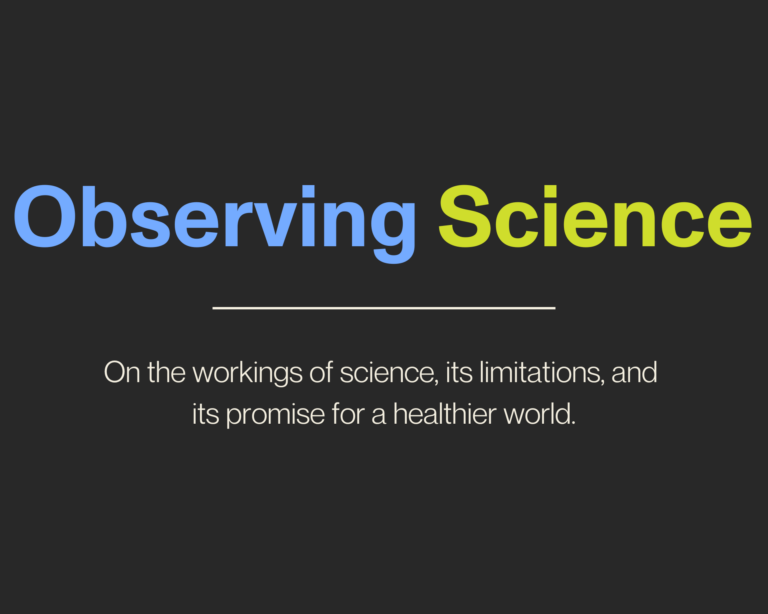Can Science Lead to Real-World Change More Efficiently?
On the translation and implementation of science, and the time required to carry out these processes effectively and without harm.

Read Time: 4 minutes
Published:
Lead has been used as a conduit for water for thousands of years. The Roman Empire, in particular, made extensive use of lead—a malleable material—for water transport. Scientific observation about the harms of lead in drinking water goes back at least hundreds of years. Bernardino Ramazzini documented disorders associated with lead exposure among workers in the 1700s. J. Lockhart Gibson documented the consequences of lead poisoning among children in 1904, and at the turn of the twentieth century, there was rapidly growing awareness of the potential harms of lead poisoning, particularly in children.
In the U.S., the Environmental Protection Agency put in place a ban on lead in plumbing materials in 1986, followed by the Lead and Copper Rule as the National Primary Drinking Water Regulation in 1991. Today, about 9.2 million lead service lines continue to deliver water to communities in the U.S. The EPA created a $15 billion fund to eliminate this problem, literally hundreds of years after science first documented the challenge of using lead pipes to deliver water.
The continued use of lead pipes after more than a hundred years of science showing their harms is an illustration—and by no means the only one—of the limits of moving efficiently from scientific findings to changes in the world. There are, of course, any number of reasons for this long lag. Lead, as with many other harmful products, is embedded in our infrastructure and therefore very difficult to remove. In addition, an anti-regulatory climate may protect industries where it would be costly to remove lead from water pipes. And inertia, public distraction, and competing priorities make for a meandering path from observations in science to actions that could improve health.
This might be enough to make us despair. Can we do anything to speed up this translational lag?
Science is not a point event: we do not do science and know the answer immediately. Science takes time.
A widely cited paper suggested that there is a 17-year gap between research that has reached consensus and the adoption of those scientific ideas in practice. Over the past couple of decades, implementation science has emerged as a way to shorten this duration, but recent evidence suggests that there has been little to no progress on this latency period despite changes in economic and technological aspects of the publishing world that have led to great efficiency in the production of publications.
During the COVID-19 pandemic, a rallying cry—largely in response to perceived ignorance of the science by the then American president—became “follow the science.” This phrase largely ignored the challenges that available science faced; it suggested that there was science that could be adopted immediately. And some science did get enacted rapidly, such as the creation of novel mRNA vaccines, which operationalized science that had been developing for years. But some scientific implementation that was rushed forward, such as school closures, was subsequently shown to be much more contentious, contributing to a dramatic loss of trust in science since the pandemic.
Perhaps ancillary to the key question at hand is—should we speed up translation of the science?
On reflection, we are not so sure. Science is not a point event: we do not do science and know the answer immediately. Science takes time, and it takes time for consensus in its interpretation to emerge that would point clearly to what should be done to build on the science. Pandemics and the deaths of thousands may force our hand, pushing us to act on uncertain science. But under other circumstances, perhaps there is wisdom in the slowing down of the translation of science into policy or practice, to make sure that we fully understand the implications of intervention, that novel medications are tested and re-tested before coming to market, that the harms do not outweigh the benefits.
Maybe the implementation of science is efficient enough, and our job is to do the best science, and to take care that implementation happens, neither with undue delay—as in the removal of lead pipes—nor too quickly.
Previously in Observing Science: Can Science Be Done More Efficiently?




